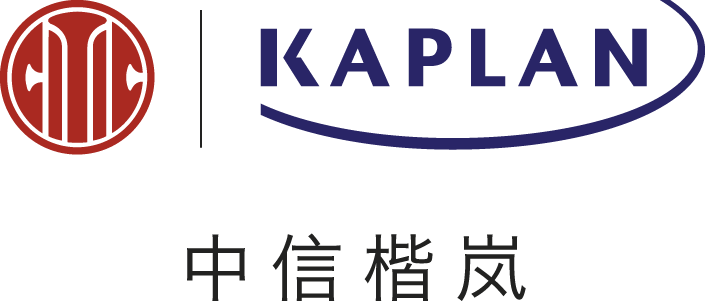interest rate futures:
step1 buy Deposite, investment
sell borrow money loan
step2.number of contracts
size of doposite (loan)/size of contract *(duration of deposite(loan)/duration of contract)
lockiong rate= 100-(current future price+expired basis on the transaction)
basis=(100-current LIBOR)-Futures
expected term: today to future
basis term transaction date to future date
locked in rate =100-(future+expected term basis )
forward agreement
5-8 FRA @8% 5%
if the real rate is 7%
Loan(borrow) maxium payment ceiling
deposite (investment) minium received floor
loser will pay the difference.
pay lender the contract rate,
if FRA > actual rate broker pay back
if FRA < actual rate pay broker the different actually the borrower need to pay the actual rate
lower rate=investor
high rate = borrower
hedge: 1. position buy or sell
2. risk exposure:
offsite the actual interest movement






